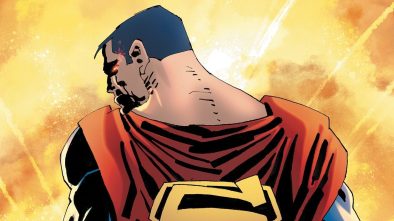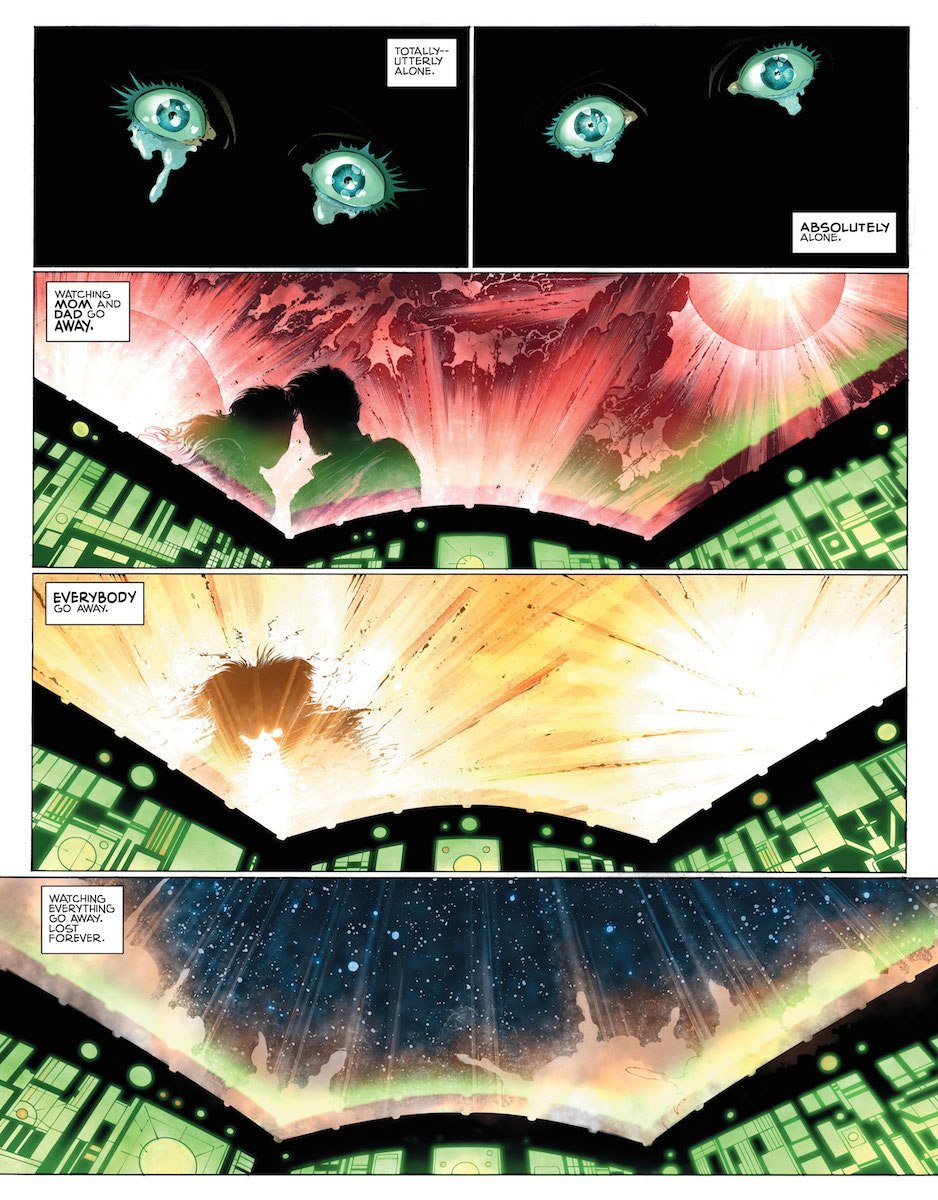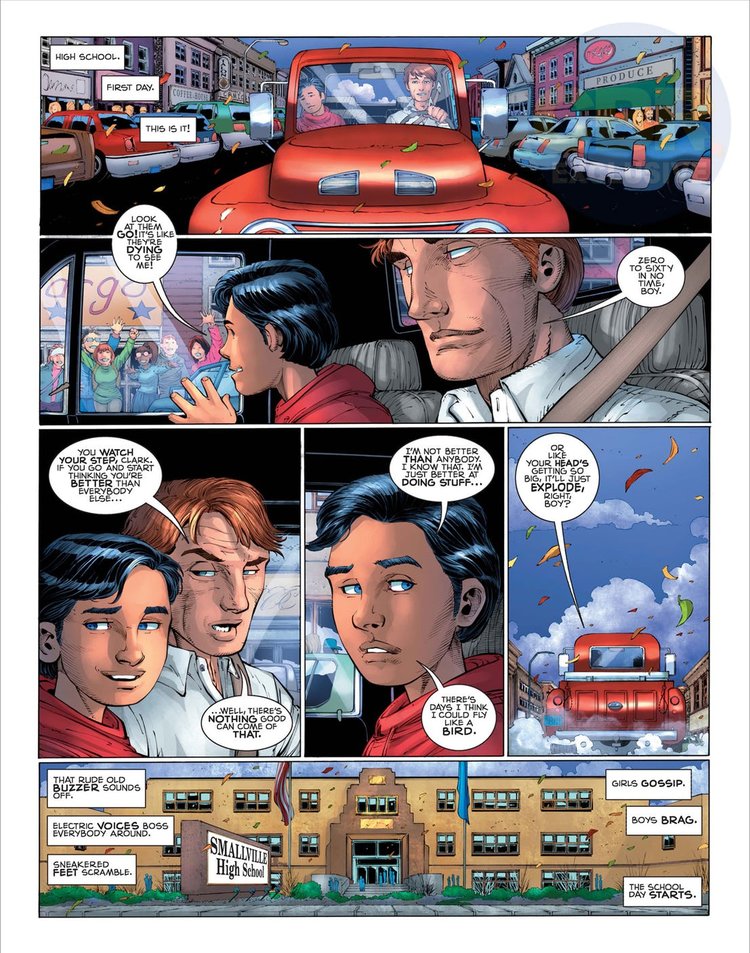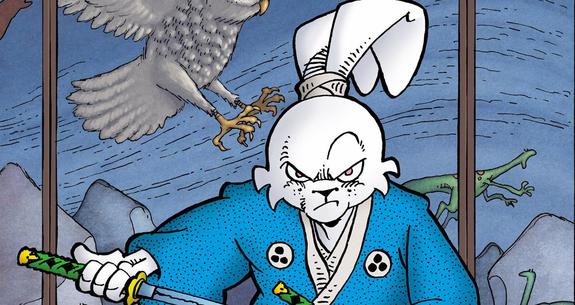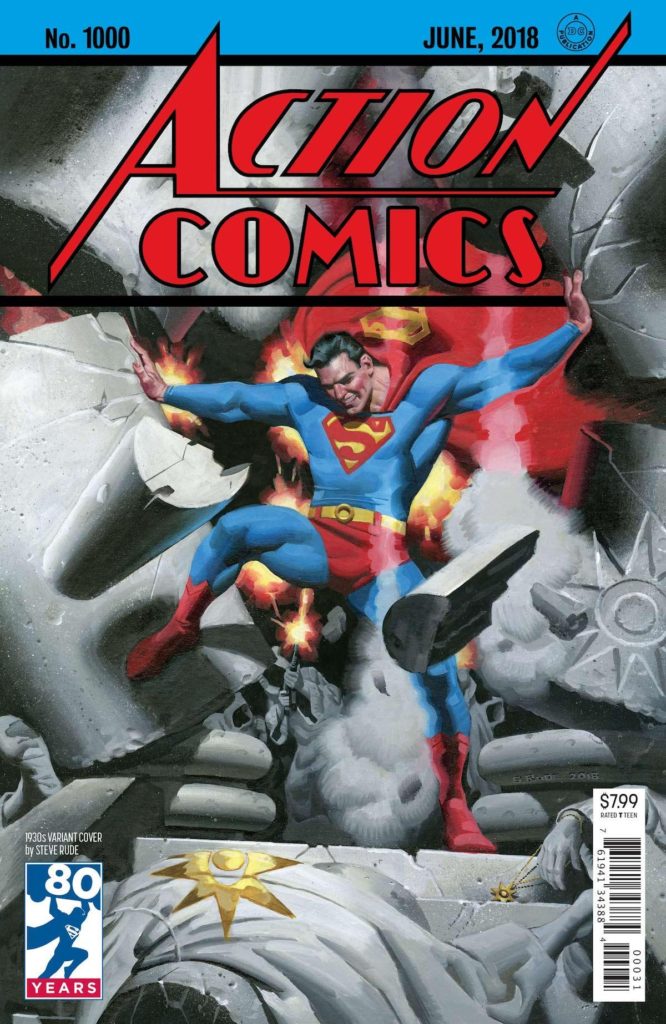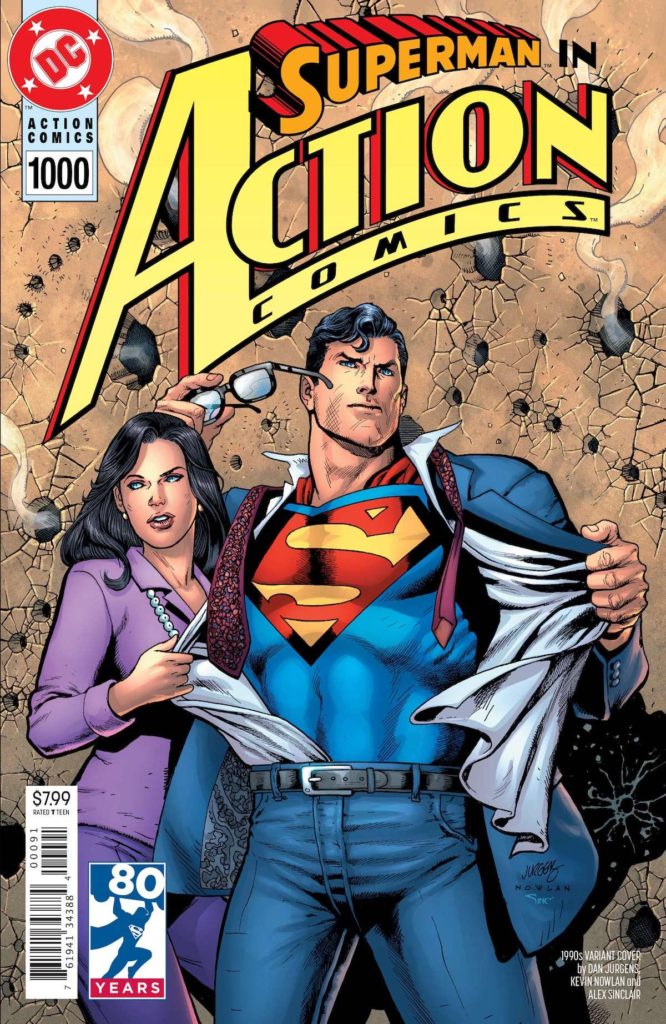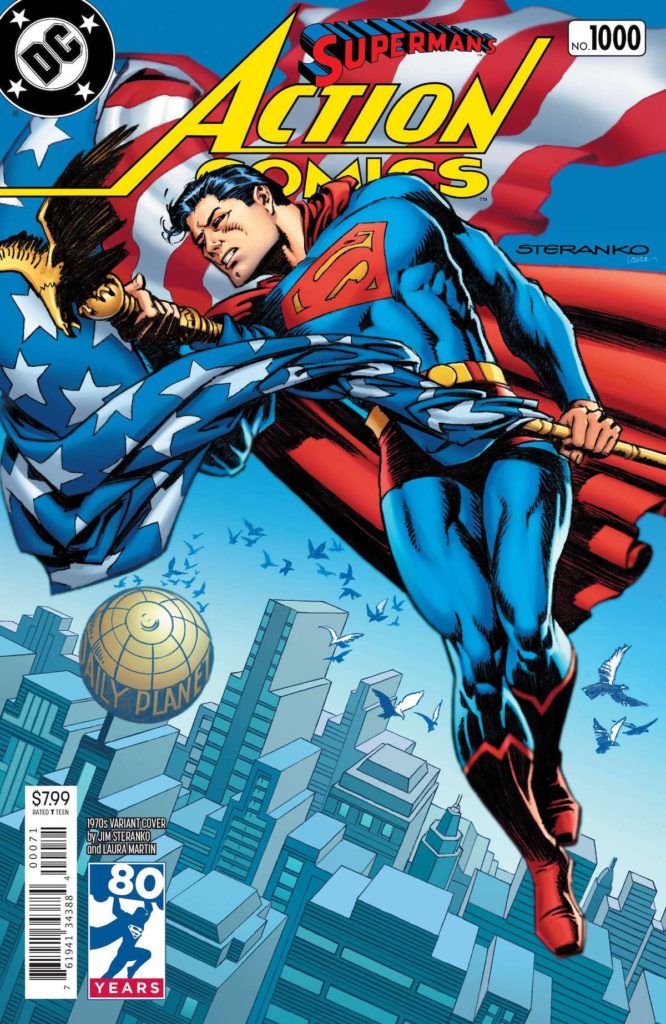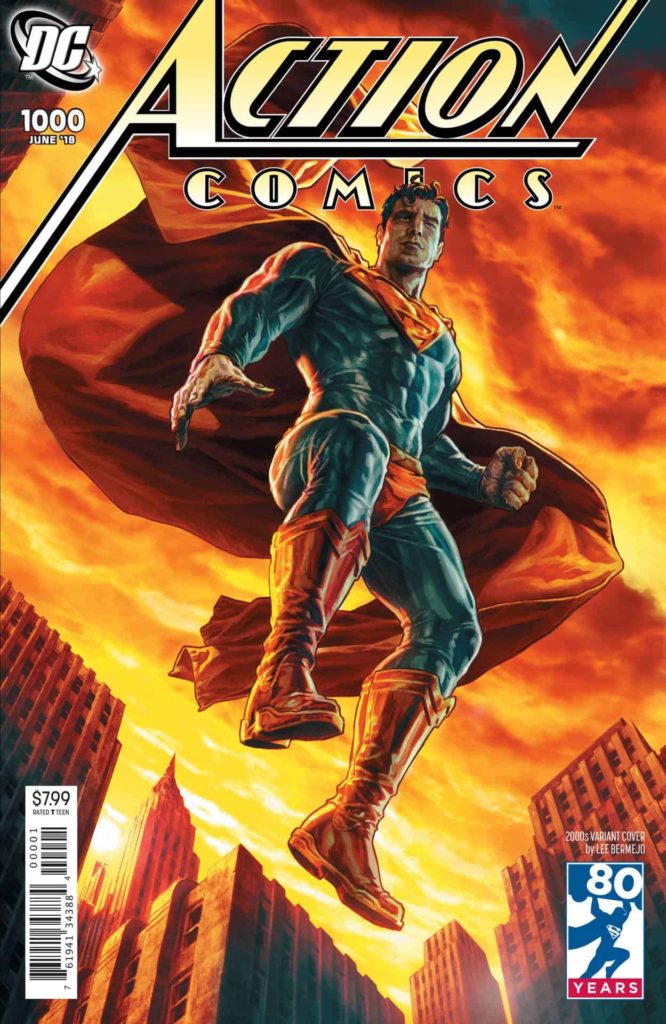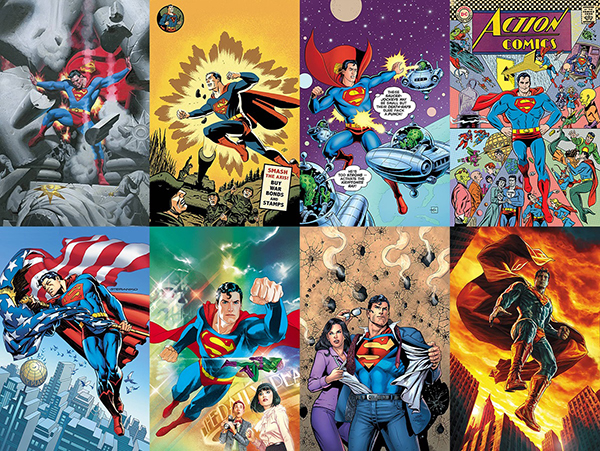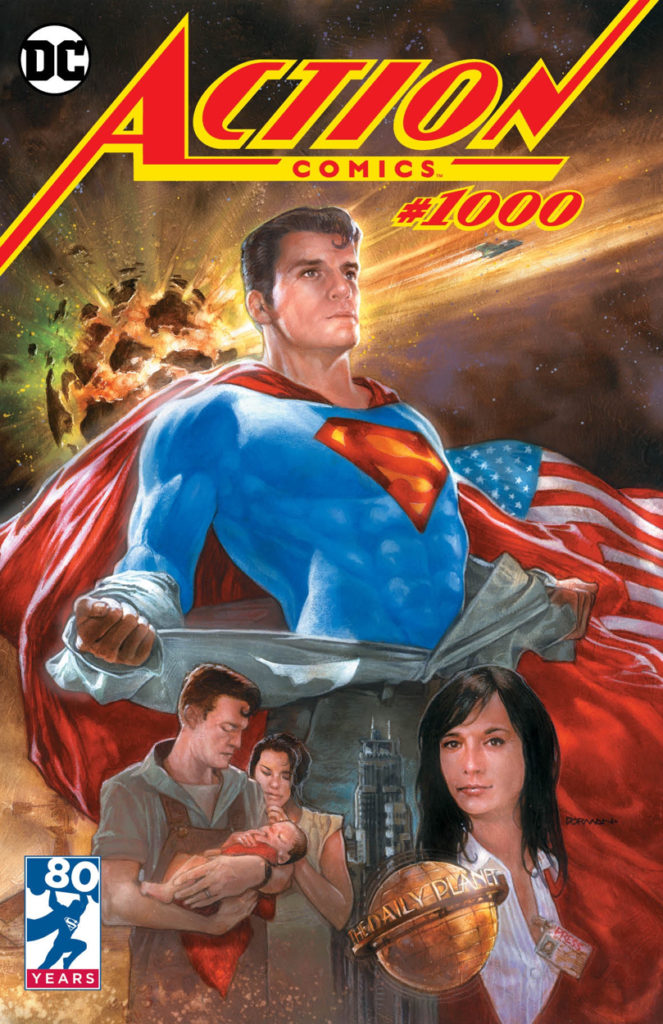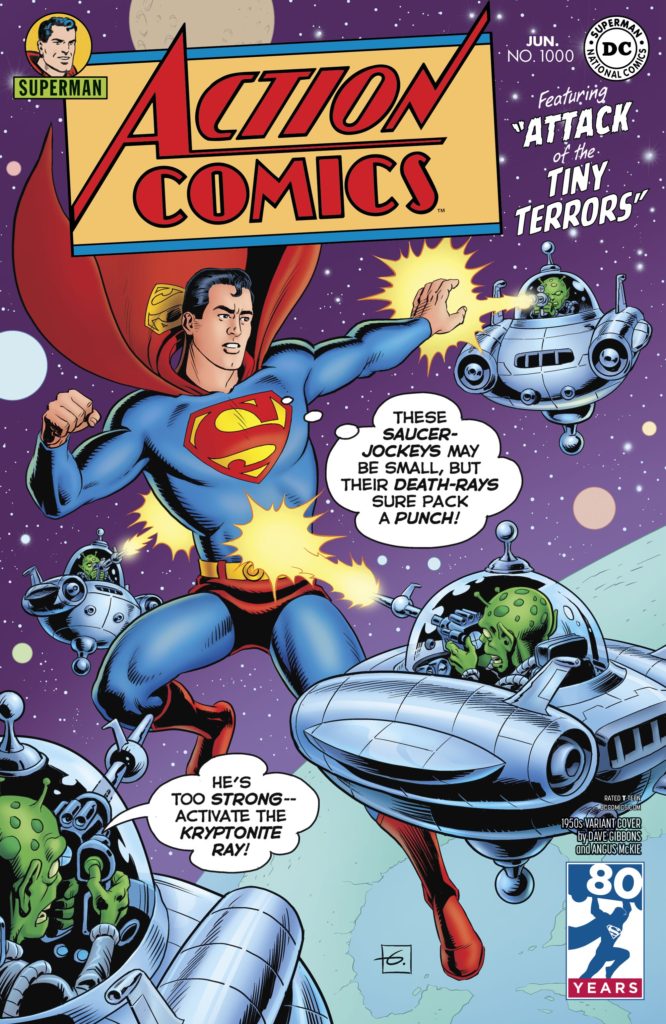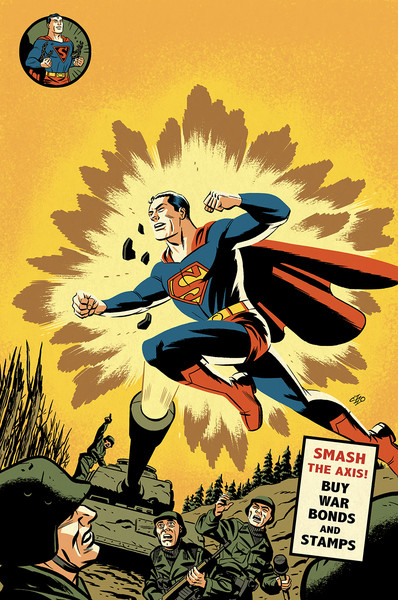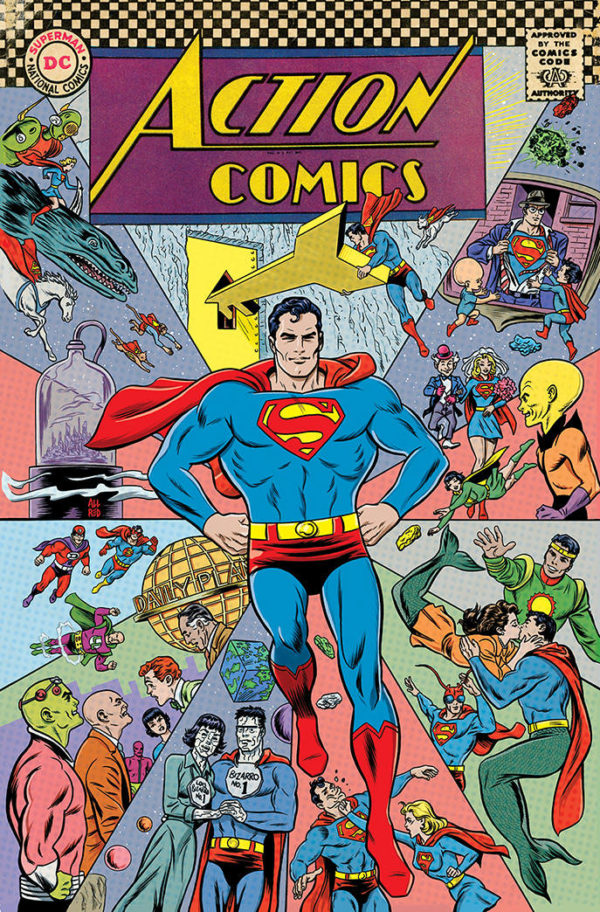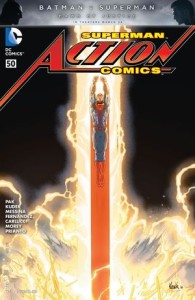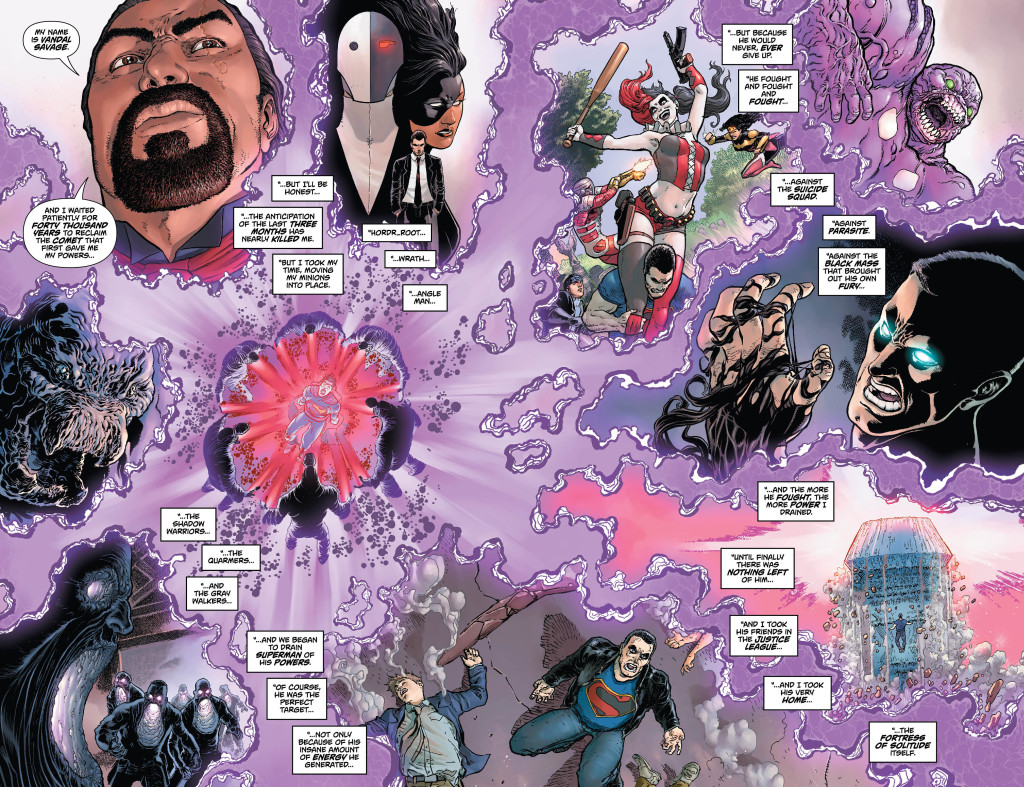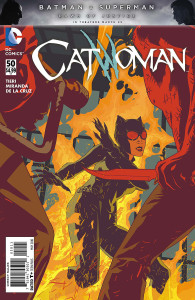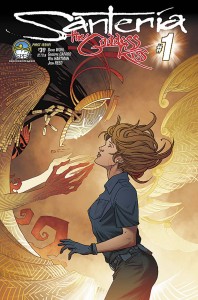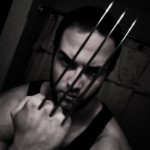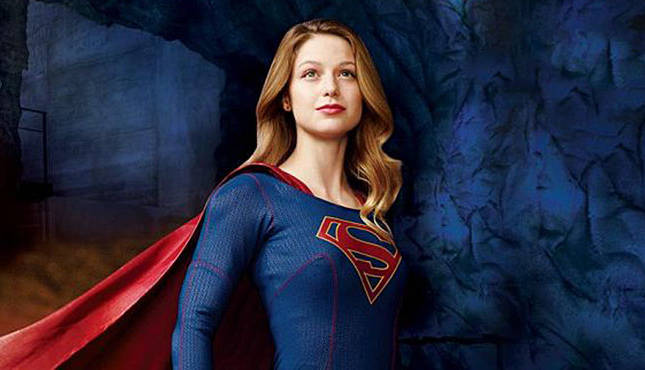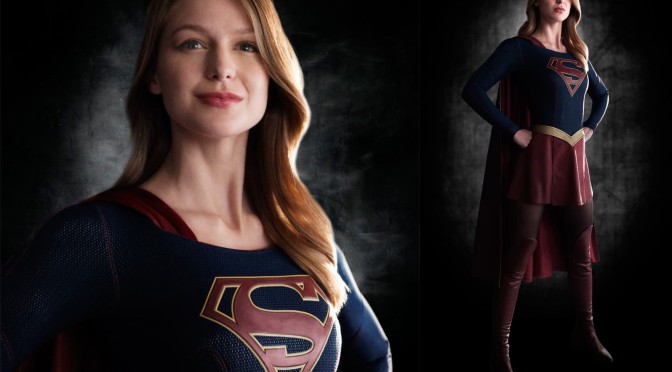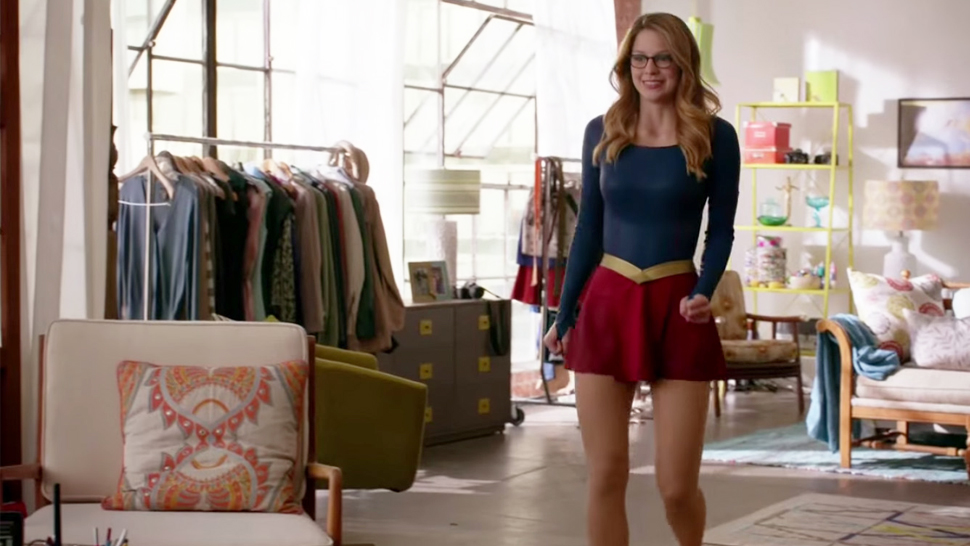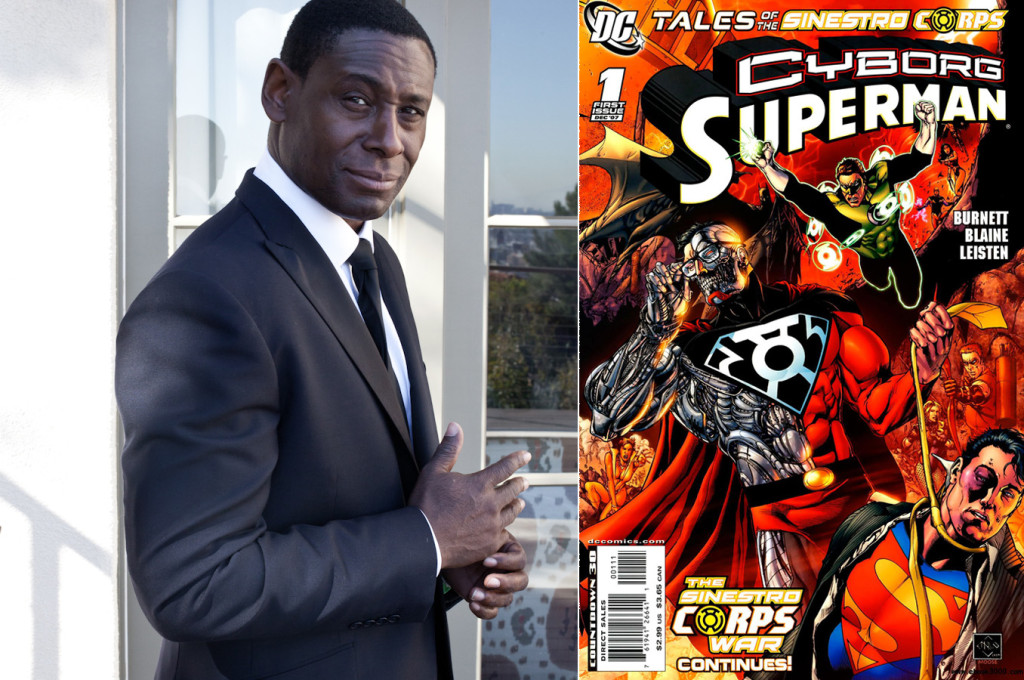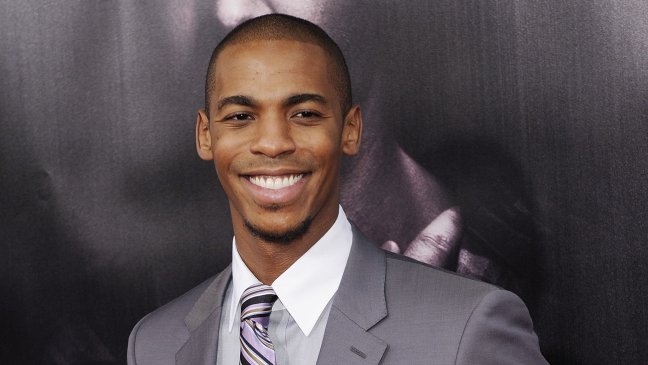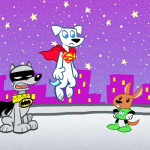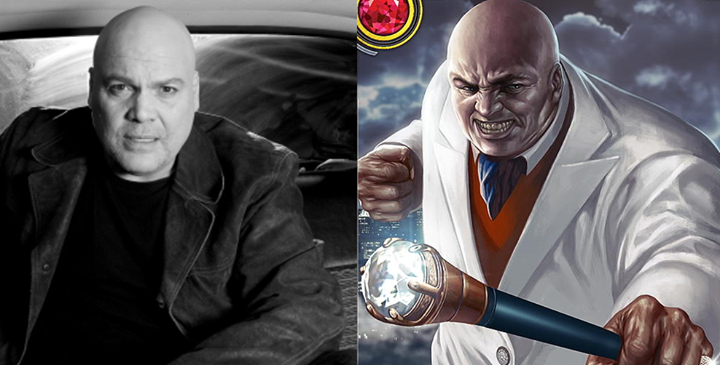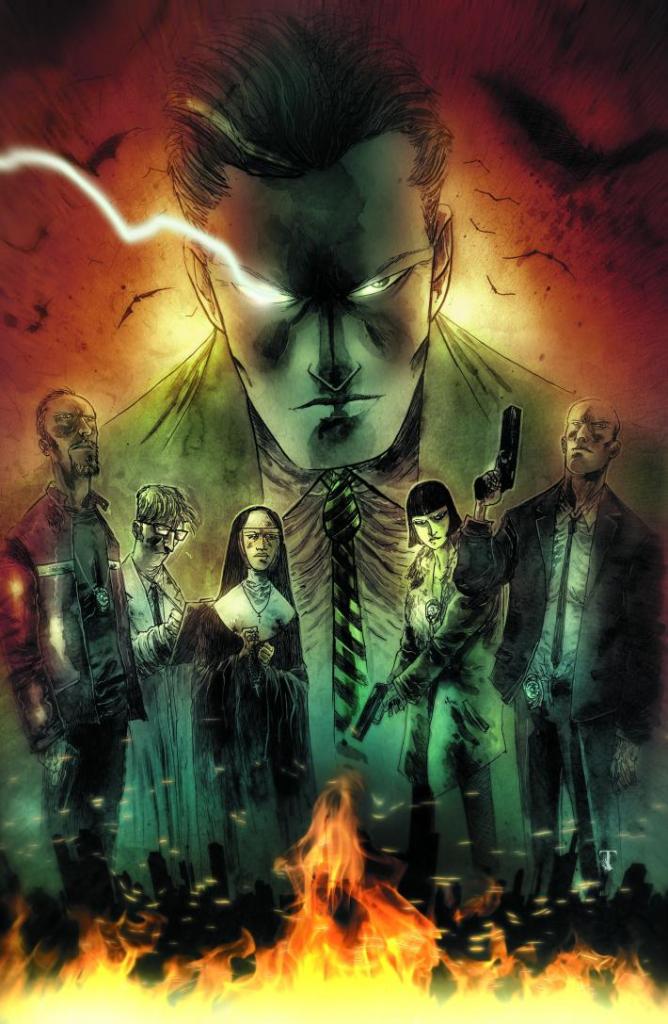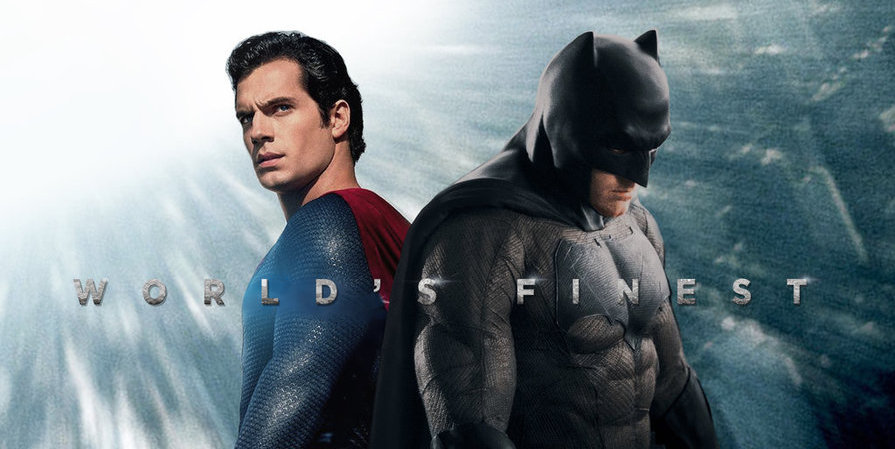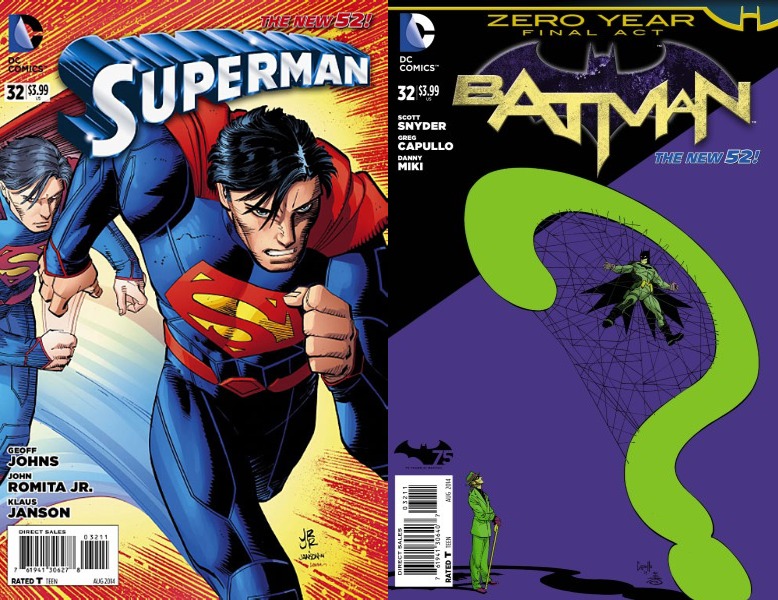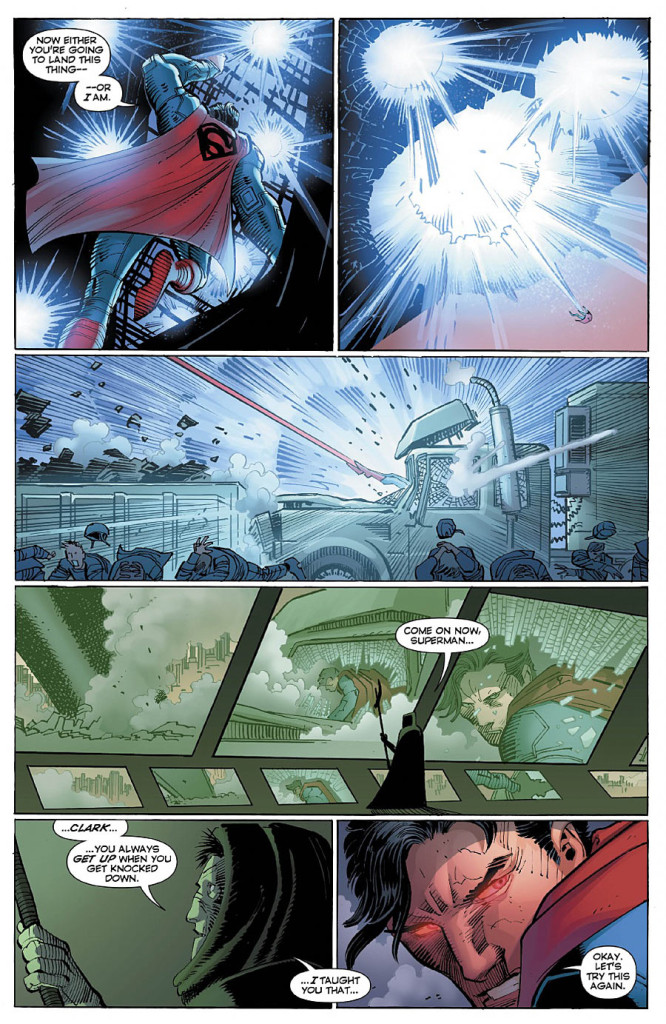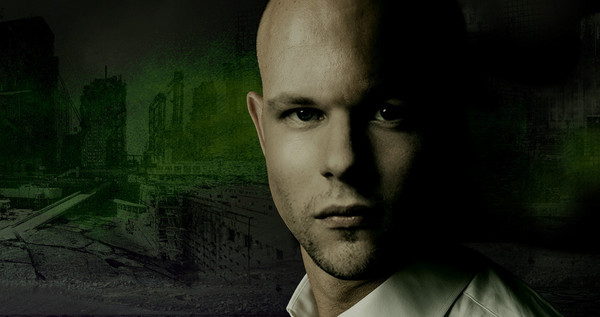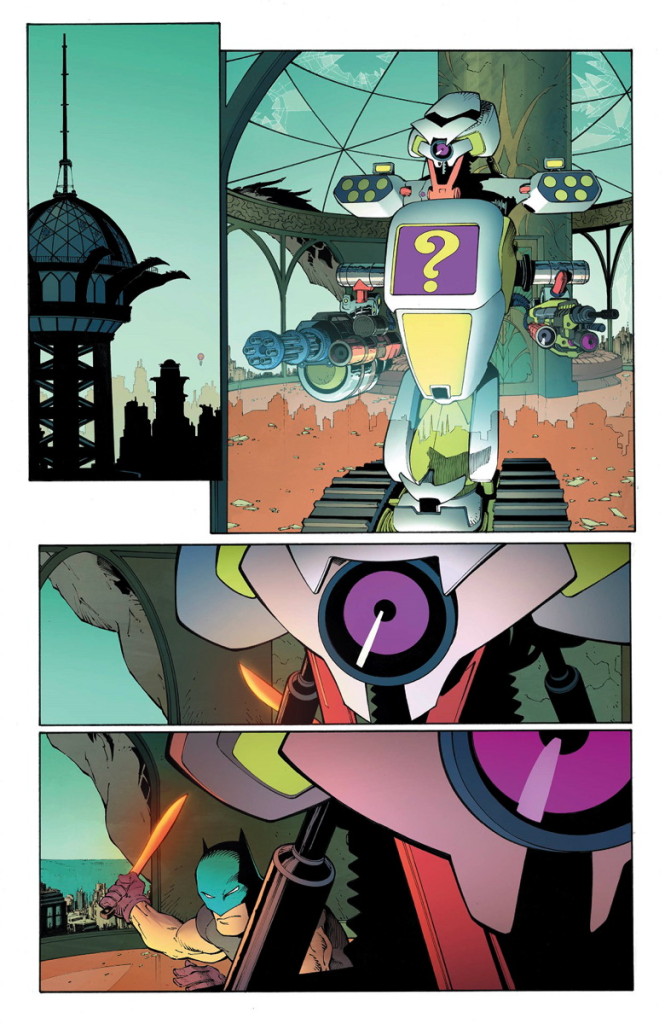

Doomed planet. Desperate scientists. Last hope. Kindly couple. Superman. Sailor?
SPOILER: Clark Kent enlists in the Navy.
Frank Miller’s and John Romita Jr.’s Superman: Year One is yet another reimagining of the Man of Tomorrow’s origins and the first of a three-issue series that, so far, treads on all too familiar ground without adding much to the larger mythos. That is until the character we know gets derailed.
“I went to town early this morning. I signed up. I enlisted,” Clark tells Pa Kent. “In the Navy.”
Adding something to the history of an established character needs to help us understand who the character is. Miller’s story, so far, leaves us wondering why this addition was necessary.
Miller and Romita seemed to anticipate this question and complaint. As Jonathan Kent and Clark walk into the farmhouse the narrator, who at times feels like Clark and at others is detached from the story, reports Martha Kent’s futile protests.
“She hears all about Clark’s very dangerous plans. Those plans that will waste his magnificent powers and abilities./The insane plans that will let them reformat Clark’s brain and turn him into some kind of robot …/ … Some kind of War Machine …”
Cute, a Punisher reference.
In that I’m Martha Kent. I don’t understand this narrative choice. I do understand that it is a choice — a good choice — for many people. It could have been a choice for any of Clark’s “Weirdos,” particularly Pete Ross (the eventual husband of Lana Lang). Is this Clark’s best choice? Is this the best choice for the story — the Superman story?
I don’t think so.
Miller goes to great pains to show that his young Clark Kent is one who is mindful of his powers, how fragile people are and how easily academics, athletics and work comes to him. Even as a boy, he seems to comment about how hard everything is for his parents.
“I’m not better than anybody. I know that,” Clark says to his father. “I’m just better at doing stuff.”
So, why send him to the Navy? Basic training. Navy SEAL Commando training. Anything that anyone throws at Clark Kent will be too easy. This isn’t a challenge for him. The boy who reads books in an instant would know that the Armed Forces aren’t a challenge.
If Clark’s goal is to explore, have him explore. And if you only have three issues to the story of Clark Kent exploring the world, don’t waste 67 pages of that story mostly set in Smallville. Set that story as he is exploring.
The problem with the story so far is that it is neither Superman nor is it year one. The book opens on Krypton imminent destruction. And the narrative jumps to points throughout Clark’s entire childhood.
Everything is rushed and nothing lands.
There could be good stories to tell from Miller’s Smallville during Clark’s last year at high school, but they are hurried, so that he can get to the surprise conclusion.
Take the group of bullies terrorizing Clark’s friends. He stands up for his friends. And the bullies, who know that Clark can’t be hurt, lash out at his friends and beats them with sticks.
“He said it was real dangerous being your friend,” one of the nameless Weirdos says. “He said that it could get a guy killed.”
That seems like the foundation for a need to separate Superman and Clark Kent into two different people in the public eye, right? That could be a story worth telling.
But that story isn’t explored. The story of exposing the bullies isn’t explored. And Clark wins Lana because he saved her from an attempted gang rape. That was thrown in to shock the reader, but it doesn’t do anything for the character. 2/5 Weirdos.
-Matthew McGrath

@GeneSelassie
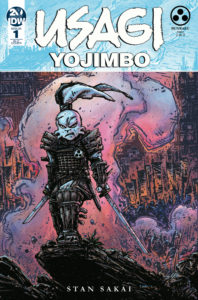
The classic Samurai rabbit returns as the legendary tales of his travels through Edo period Japan continue. Stan Sakai’s dialogue is simple yet elegant, and the pacing is pitch perfect. This is the sort of re-introduction to a classic character that benefits everyone, from long-time fans, to new readers as well. We start off with an intense battle between the ronin Sasuke and a horde of demons. The action is brutal but never overly gory. The panel to panel transitions work as well with the action as they do later when Usagi attends a Bunraku puppet show.
Colorist Tom Luth’s colors are the perfect match for writer/creator Stan Sakai’s pencils, juxtaposing the colorful characters against the earthy backgrounds. The last few pages hinting at the evil just under the surface with the puppet show makes me anxious to read the next issue. This is a great start to what will hopefully be a great continuing series from IDW Press. 3.5/5 Bibles.
-Gene Selassie

